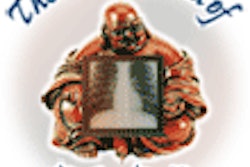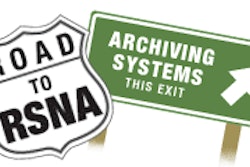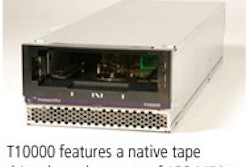SAN ANTONIO - With the inevitable conversion to electronics-based informatics in radiology comes the challenge of integrating the various systems and actually operating in a complex workflow infrastructure.
A digital dashboard can be the solution, according a presentation at this week's PACS 2006: Digital Healthcare Information and Management Systems (DHIMS) conference.
"The concept of a dashboard may be useful in helping us manage and understand and have some ability to really leverage complex imaging environments," said Dr. Paul Chang, the director of informatics in the radiology department at the University of Pittsburgh School of Medicine in Pennsylvania. He spoke during a session at the PACS conference, which is sponsored by the University of Rochester School of Medicine in New York.
A dashboard needs to be near-real-time and monitor key metrics. It should summarize information using a "metaphor," such as green, yellow, and red indicators, as well as feature a context-specific interface and a "heads-up" display that provides users with alerts, Chang said.
A digital dashboard can be created by leveraging standard "edge" protocols, such as HL7, DICOM, and database queries. For its dashboard, the University of Pittsburgh Medical Center normalized these edge interface messages into universally exposable and consumable "objects" via XML, according to Chang.
An "n-tiered" architecture was created to utilize these XML objects using service-oriented architecture (SOA), and Web services. A modern Web interface design was also employed, he said.
The dashboard should be compact and efficient with a limited number of elements, minimal distraction, appropriate interrupts, and progressive disclosure of information. It should also be context-specific, by subspecialty, body part, site, modality, time of day, and work role, Chang said.
The dashboard should provide the right information at the right time. But, "you want it easy to do the right thing, and harder to do the wrong thing," he said.
It should also be customizable based on the user. For example, while an hour delay in reading an oncology PET/CT may be OK, five minutes is too long for a trauma head CT, Chang said.
Finally, the dashboard should be seamlessly integrated into the workflow.
"It can't be (on) some separate monitor," Chang said. "It has to be embedded as an object in your PACS system."
By Erik L. Ridley
AuntMinnie.com staff writer
March 16, 2006
Related Reading
Russian teleradiology network meets needs, exceeds expectations, March 6, 2006
Higher monitor luminance levels may hinder performance, February 27, 2006
PACS doesn’t hurt pediatric ER performance, February 20, 2006
Canadian radiologists pursue lossy compression research, February 16, 2006
Radiology provides lessons for going digital in other specialties, February 15, 2006
Copyright © 2006 AuntMinnie.com



















